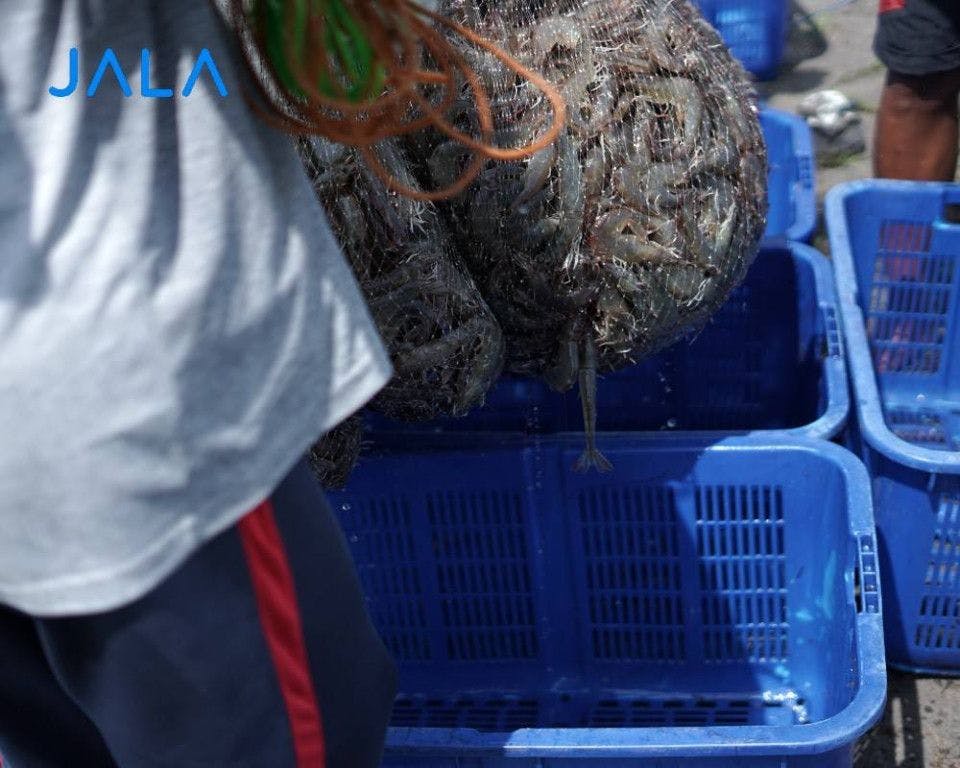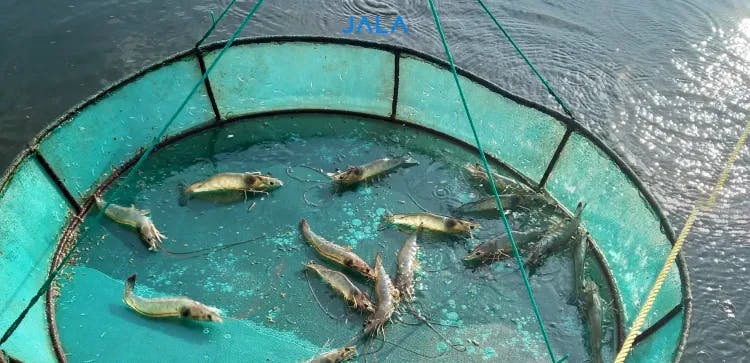
At the end of 2019 to early 2020, shrimp farming was in a near-shock when the DIV 1 virus broke out, infecting shrimp and causing mass mortality. Fortunately, this disease has not been detected in Indonesia until now. However, we should never underestimate it since we must always try to prevent it from spreading in Indonesia.
Hence, at the very least, we need to know what exactly is DIV 1? What are its causes and consequences for cultivation? Is Indonesia susceptible to it?
About DIV 1
Decapod Iridescent Virus 1 (DIV 1) was first detected in China, specifically in Zhejiang province at the end of 2014. The virus was also reported to have been detected in Vietnam. According to the reports by OIE until the end of 2020, DIV 1 was also discovered in Thailand, albeit at a low prevalence. DIV 1 attacks host organisms, which are aquatic crustaceans, including several shrimp species such as L. vannamei, P. chinensis, M. rosenbergii.
DIV 1 has two strains or variants, namely shrimp hemocyte iridescent virus (SHIV) and cherax quadricarinatus iridescent virus (CAIV). This virus was detected as SHIV in vannamei shrimp. The virus infects in winter and then subsides in summer when the temperature rises. Temperatures above 30℃ prevent the virus from spreading.
Symptoms of DIV 1 infection in shrimp
The early symptoms of DIV 1 infection in shrimp are slow swimming movements, decreased appetite, empty intestine and hepatopancreas, softshell, reddish body, and damaged antennae. The color of shrimp head also turns white or pale yellow.
.png)
Healthy shrimp (left) and infected DIV 1 (right) (Source: Qiu et al., 2019)
These symptoms are similar to those of IMNV or AHPND. In addition, a fairly specific symptom of DIV 1 infection is the triangle area under the carapace at the base of the rostrum, which occurs in giant prawns. Meanwhile, the body of a third of the infected shrimp population turns reddish.
Early prevention is hard due to the difficulties of early diagnosis of clinical symptoms, while the disease has fatal consequences. The most accurate methods of diagnosis are real-time PCR and histopathology.
Detrimental impacts of DIV 1 infection
DIV 1 causes mass mortality with a mortality rate of 80-100% in just 2 weeks. This disease usually infects farms with poor biosecurity implementation. In China, shrimp in ponds with DIV 1 infection must be harvested immediately and eradicated for at least two months.
The virus can spread horizontally through cannibalism or contact with DIV 1-infected feces. It can still spread even when the shrimp are frozen.
Indonesia’s attempts to be free from DIV 1
Since the disease began to spread, the government through the Director General of Aquaculture, Ministry of Marine Affairs and Fisheries issued a circular to take precautions to prevent the virus from entering Indonesia.
One of the measures to prevent DIV 1 from entering Indonesia is the selection of broodstock or shrimp fry infected by the virus. Natural feed (artemia and polychaeta) is no exception. Prevention is mainly focused on broodstock, fry, or natural feed imported from countries infected with the DIV 1. Concretely, prevention is carried out by conducting laboratory tests to make sure that the shrimp are free from DIV 1.
Some preventive measures farmers can take are as follows:
- Using disease-free fry (SPF)
- Avoiding polycultures with various species of crustaceans, especially ones that are likely to carry DIV 1
- Avoiding using natural feed such as artemia or polychaeta worms that are contaminated with DIV 1
- Improving the standard of biosecurity implementation
The impact of DIV 1 is thought to be very detrimental, hence now Indonesian shrimp farmers must take measures to prevent the virus from spreading to Indonesia. Diseases will always be detrimental to business productivity and profits. Therefore, keeping shrimp to be in good health is a must.





